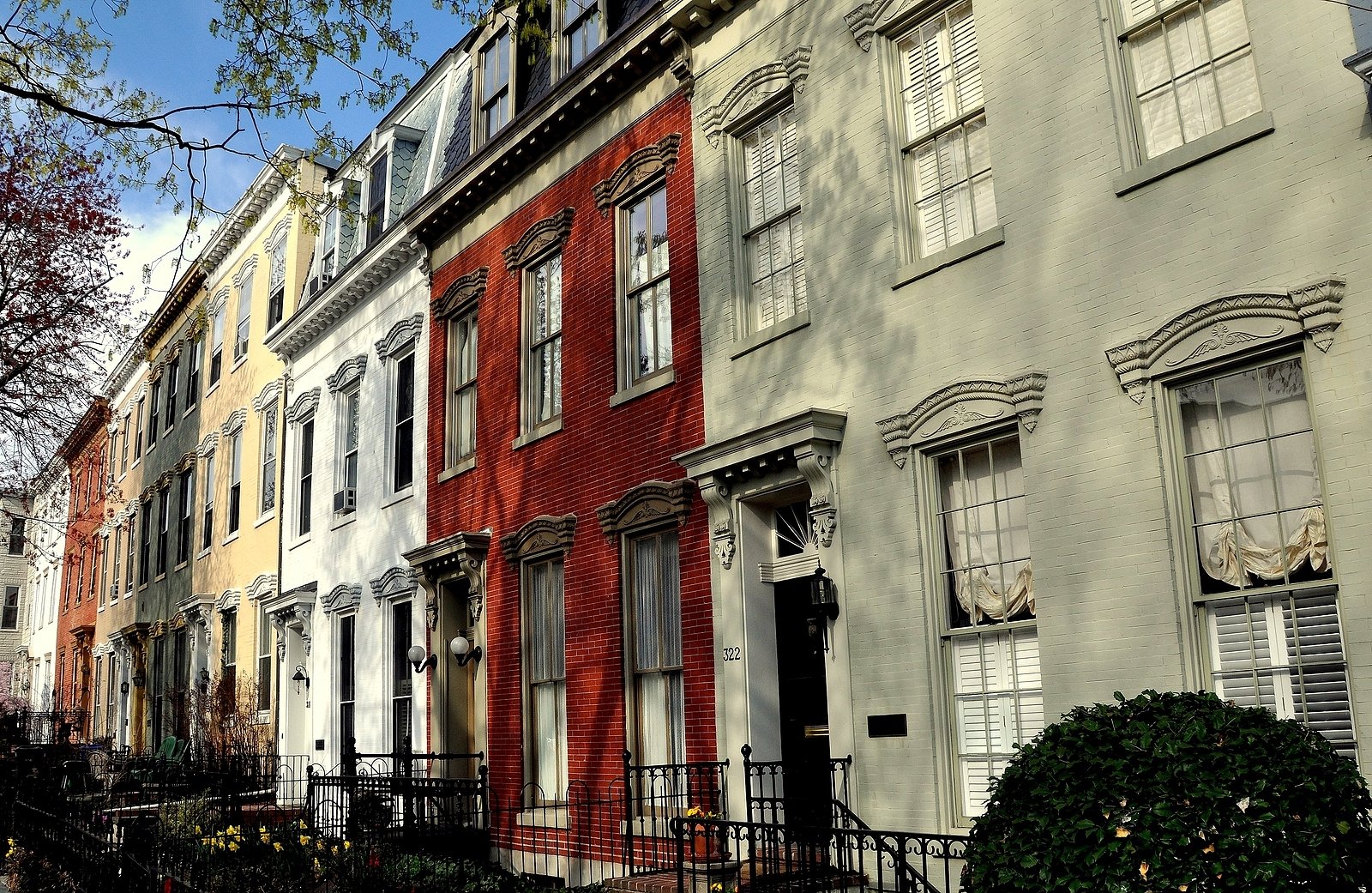Owning an 18th-century home in the nation's capital means owning a piece of architectural history and a home that wasn't built for the modern world. Those hand-laid bricks and lime mortar joints that have withstood centuries of Washington D.C.'s humid summers and harsh winters have long been battling time, the elements, and urban pollution. What looks like minor cracks between bricks can become your historic home's worst nightmare, thanks to moisture intrusion, structural instability, and complicated repairs. There is, however, a universal expert solution: tuckpointing.
What Is Tuckpointing and Why Is It Important?
When you own a historic brick home, tuckpointing can be your best line of defense. In fact, it can mean the difference between preserving a piece of American history and literally watching it crumble.
Tuckpointing involves removing deteriorated mortar from the joints between bricks and replacing it with new, carefully matched mortar. For buildings from the 1700s, this is a specialized task. The original lime mortar used during the Federal period was softer and more flexible than modern Portland cement, allowing the structure to manage moisture naturally.
Over time, exposure to rain, snow, and temperature fluctuations causes the mortar to break down. When that happens, gaps form and water begins to seep into the brickwork. Replacing the mortar restores the barrier that protects against moisture while keeping the wall stable.
How Moisture Causes Damage
Water is one of the most persistent threats to historic masonry. As it enters the wall through cracks or compromised mortar joints, it begins to affect the brick itself. In D.C.'s climate, freeze-thaw cycles are common. When moisture freezes inside the wall, it expands and causes spalling, cracking, or displacement of bricks.
Unchecked moisture infiltration can lead to long-term structural issues. It can weaken the foundation, lead to mold growth inside the walls, and increase the risk of major repair costs down the road.
How Tuckpointing Supports Structural Longevity
Properly-executed tuckpointing strengthens the masonry by creating a stable, sealed joint between bricks. It supports the wall's load-bearing function while allowing it to continue managing moisture as intended.
Using lime-based mortar, which matches the original construction, ensures compatibility with the surrounding materials. It reduces stress on the bricks and allows for slight movement in the structure without causing damage. When done properly, tuckpointing can extend the life of historic masonry by decades. 
Why Timing Matters
Like many preservation efforts, timing is key. Cracks, gaps, or powdery mortar are all signs that your masonry is under stress. Early intervention through tuckpointing helps avoid extensive structural problems.
Spring and fall are ideal seasons for inspections and repairs. These moderate temperatures allow the new mortar to cure properly and give crews time to complete the work before extreme weather sets in.
Work With Experts Who Understand Historic Masonry
Not every contractor is qualified to repair an 18th-century brick home. The wrong tools or materials can cause more harm than good. Renaissance Development works exclusively with historic brick properties in the Washington, D.C. area. We understand the unique requirements of buildings from this era, from the type of mortar used to the visual details that preserve a home's original appearance.
Our team uses traditional lime mortar and proven techniques to carefully restore damaged areas while protecting the building's structure. Each project begins with a thorough evaluation to identify any underlying issues and to prioritize the work.
If your home shows signs of mortar deterioration, it's time to schedule an inspection. Renaissance Development offers expert guidance and skilled repair services to protect your home's historic charm and long-term stability. Contact us to learn how tuckpointing can safeguard your 18th-century masonry for years to come.






